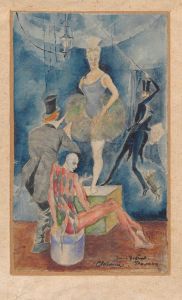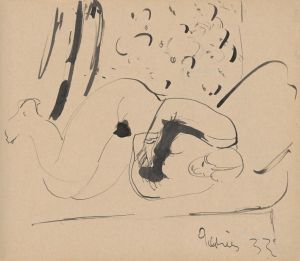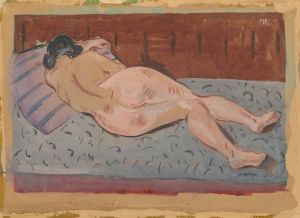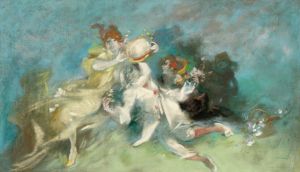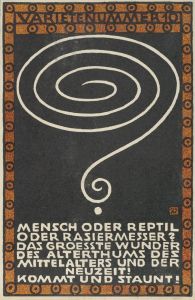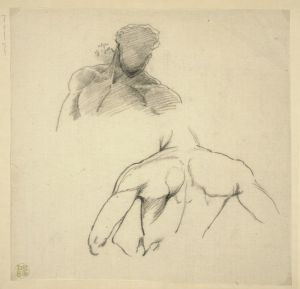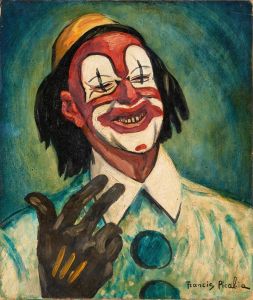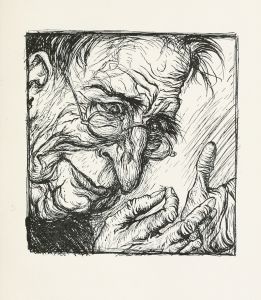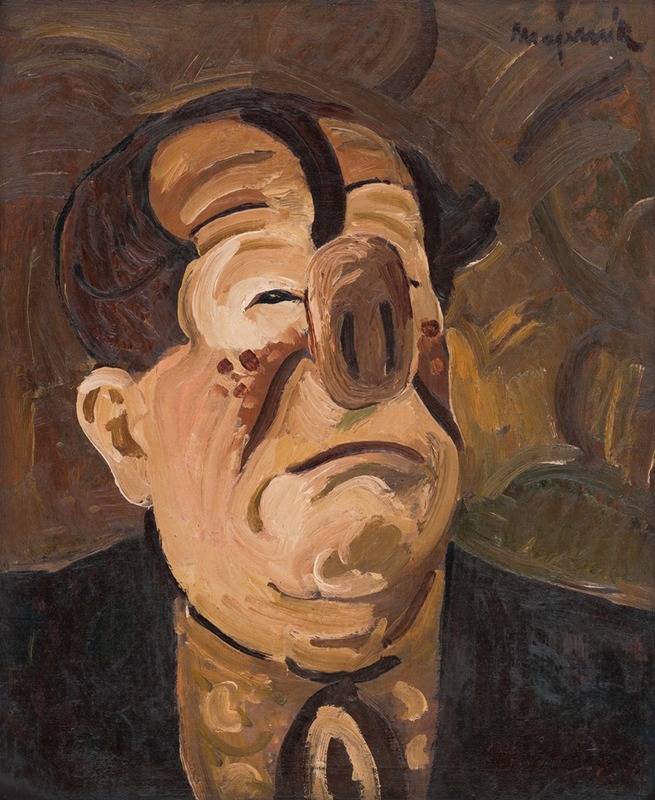
Crying Clown
A hand-painted replica of Cyprián Majerník’s masterpiece Crying Clown, meticulously crafted by professional artists to capture the true essence of the original. Each piece is created with museum-quality canvas and rare mineral pigments, carefully painted by experienced artists with delicate brushstrokes and rich, layered colors to perfectly recreate the texture of the original artwork. Unlike machine-printed reproductions, this hand-painted version brings the painting to life, infused with the artist’s emotions and skill in every stroke. Whether for personal collection or home decoration, it instantly elevates the artistic atmosphere of any space.
Cyprián Majerník (1909–1945) was a Slovak painter associated with the interwar period and known for his expressionist and often melancholic works. One of his notable paintings, Crying Clown, reflects his characteristic themes of human suffering, existential despair, and the fragility of life. Majerník’s art often drew upon the turbulent political and social climate of Europe during the 1930s and 1940s, particularly the rise of fascism and the looming threat of World War II. His works frequently depicted marginalized figures, such as clowns, knights, and other symbolic characters, to convey deeper emotional and philosophical messages.
Crying Clown is emblematic of Majerník’s focus on the clown as a metaphor for the human condition. The figure of the clown, often associated with joy and entertainment, is here portrayed in a state of sorrow, highlighting the contrast between external appearances and internal realities. This duality is a recurring theme in Majerník’s oeuvre, reflecting his sensitivity to the struggles of individuals in a world marked by conflict and uncertainty. The painting’s subdued color palette and expressive brushwork further emphasize the emotional weight of the subject.
Majerník’s personal life and health also influenced his artistic output. Diagnosed with multiple sclerosis in the late 1930s, he faced significant physical and emotional challenges, which may have deepened the introspective and somber qualities of his work. Despite these difficulties, he continued to paint, leaving behind a body of work that resonates with themes of resilience and vulnerability.
Crying Clown is housed in the Slovak National Gallery in Bratislava, where it is part of a collection that showcases Majerník’s contributions to Slovak modern art. The painting is considered an important example of his ability to blend personal expression with broader social commentary, making it a significant piece in the context of Central European art history.
Majerník’s career was tragically cut short when he took his own life in 1945, but his legacy endures through his poignant and thought-provoking works. Crying Clown remains a testament to his skill as an artist and his ability to capture the complexities of the human experience.





